#Japanese women
Text

Saika Kawakita
#art#beauty#model#pretty lips#pretty eyes#pretty smile#asian#asian women#saika kawakita#japanese#japanese women#japanese model#passion#desire#coquette
4K notes
·
View notes
Text
What Makes an Ethnic Villain "Ethnic" or "Villainous?" How Do You Offset it?
anonymous asked:
Hello WWC! I have a question about the antagonist of my story. She is (currently) Japanese, and I want to make sure I’m writing her in a way that doesn’t associates [sic] her being Asian with being villainous.
The story is set in modern day USA, this character is effectively immortal. She was a samurai who lost loved ones due to failure in combat, and this becomes her character[sic] motivation (portrayed sympathetically to the audience). This story explores many different time periods and how women have shown valor throughout history. The age of the samurai (and the real and legendary female warriors from it) have interested me the most, which is why I want her to be from this period.
The outfit she wears while fighting is based on samurai armor, and she wears modern and traditional Japanese fashion depending on the occasion. She acts pretty similar to modern day people, though more cynical and obsessed with her loss. She’s been able to adapt with the times but still highly values and cherishes her past.
She is the only Asian main character, but I plan to make a supportive Japanese side character. She’s a history teacher who knows about the villain and gives the protagonists information to help them, but isn’t involved in the main plot otherwise.
Are the way I’m writing this villain and the inclusion of a non-antagonist Japanese character enough to prevent a harmful reading of the story, or is there more I should do?
Why Does Your Villain Exist?
This makes me feel old because David Anders plays a villain with this kind of backstory in the series Heroes starring Masi Oka.
I think you want to think about what you mean when you say:
Villainous (In what way? To whom? To what end?)
Harmful (What tropes, narratives and implications are present?)
I’m relatively infamous in the mod circle for not caring too much about dimensions of “harm”. The concept is relative and varies widely between people and cultures. I don’t see much value in framing motivations around “What is less harmful?” I think for me, what matters more is:
“What is more true?”
“Are characteristics viewed as intrinsic to background, or the product of experiences and personal autonomy?”
“Will your portrayal resonate with a large audience?”
“What will resonate with the members of the audience who share the backgrounds your characters have?”
This post offers additional questions you could ask yourself instead of “is this okay/not okay/harmful.”
You could write a story where your antagonist is sly, sadistic, violent and cold-blooded. It may not be an interpretation that will make many Japanese from combat backgrounds feel seen or heard, but it’s not without precedent. These tropes have been weaponized against people of Japanese descent (Like Nikkei Japanese interned during World War II), but Japan also brutalized a good chunk of Asia during World War II. See Herge’s Tintin and The Blue Lotus for an example of a comic that accurately showcases the brutality of Japan’s colonization of Manchuria, but also is racist in terms of how Japanese characters are portrayed (CW: genocide, war, imperialism, racism).
You could also write a story where your character’s grief gives way to despair, and fuels their combat such that they are seen as calculating, frigid and deeply driven by revenge/ violence. This might make sense. It’s also been done to death for Japanese female warriors, though (See “Lady Snowblood” by Kazuo Koike and Kazuo Kamimura here, CW: sexual assault, violence, murder and a host of other dark things you’d expect in a revenge story).
You could further write a story where your antagonist is not necessarily villainous, but the perceived harm comes from fetishizing/ exoticizing elements in how her appearance is presented or how she is sexualized, which is a common problem for Japanese female characters.
My vote always goes to the most interesting story or character. I don’t see any benefit to writing from a defensive position. This is where I'll point out that, culturally, I can't picture a Japanese character viewing immortality as anything other than a curse. Many cultures in Japan are largely defined by transience and the understanding that many things naturally decay, die, and change form.
There are a lot of ways you could conceivably cause harm, but I’d rather hear about what the point of this character is given the dilemma of their position.
What is her purpose for the plot?
How is she designed to make the reader feel?
What literary devices are relevant to her portrayal?
(Arbitrarily, you can always add more than 1 extra Japanese character. I think you might put less pressure on yourself with this character’s portrayal if you have more Japanese characters to practice with in general.)
- Marika.
When Off-Setting: Aim for Average
Seconding the above with regards to this villainess’s story and your motivations for this character, but regardless of her story I think it’s also important to look specifically at how the Japanese teacher character provides contrast.
I agree with the choice to make her a regular person and not a superhero. Otherwise, your one Asian character is aggressively Asian-themed in a stereotypical Cool Japan way (particularly if her villain suit is samurai-themed & she wears wafu clothing every so often). Adding a chill person who happens to be Japanese and doesn’t have some kind of ninja or kitsune motif will be a breath of fresh air (well, more like a sigh of relief) for Japanese readers.
A note on characterization—while our standard advice for “offset” characters is to give your offset character the opposite of the personality trait you’re trying to balance, in this case you might want to avoid opposites. You have a villainess who is a cold, tough “don’t need no man” type. Making the teacher mild-mannered, helpful, and accomodating would balance out the villainess’s traits, but you’ll end up swinging to the other side of the pendulum towards the Submissive Asian stereotype depending on execution. If avoiding stereotypes is a concern, I suggest picking something outside of that spectrum of gentleness to violence and making her really boring or really weird or really nerdy or a jock gym teacher or…something. You’re the author.
Similarly, while the villainess is very traditionally Japanese in her motifs and backstory, don’t make the teacher go aggressively in either direction—give her a nice balance of modern vs. traditional, Japanese vs. Western sensibilities as far as her looks, dress, interests, values, etc. Because at the end of the day, that’s most modern Japanese people.
Sometimes, the most difficult representation of a character of color is making a character who is really average, typical, modern, and boring.
- Rina
#writeblr#Japanese#Japanese women#Villain#antagonist#tokenism#characterization#representation#stereotypes#immortality#superheroes#supervillains#asks
485 notes
·
View notes
Text
It's interesting how the same misogynistic trope can reappear, independently, in different countries. I'm reading "Scream from the shadows: the women's liberation movement in Japan" and this section about the connotations of the word 'woman' is interesting:
In the Japanese context, the semantic distinctions between the terms fujin, josei, and onna, which are all translated as “women” and/or “woman,” must be given careful attention, as they often signal political differences. Ribu [women's lib] activists deliberately chose and reappropriated onna, a term for woman that can be used in a pejorative manner with sexual or lower-class connotations. As noted by Kano Masanao, the term onna approximated a discriminatory word (sabetsu go). It signified the raw and total being that had to be liberated. According to linguistics scholar Orie Endo, its strong sexual implications made it a term that could “be substituted for many sexually related terms, such as mistress or prostitute,” and this was considered disrespectful, taboo, even “dirty.”
As a kid, I never liked the word 'woman' because it often sounded sexual to me, and I hated the way it was used. "My vices are alcohol, cigarettes, and women" - treating 'women' as equivalent as objects. "Love going to Colombia and seeing all the beautiful women" - treating 'women' as sightseeing objects. "You've known her since she was a girl, now watch her become a woman" - being a 'woman' is to be a passive sex object that is (often against her will) penetrated.
I used to think this was my personal issue with the word, but I've since learned other women also felt the same way about the word. And apparently in Japan, the word we foreigners are taught is the default word for woman (we learn woman = onna and man = otoko) is also subject to being sexualized, objectified, and degraded. What the Japanese 'ribu' activists did was to reclaim the word onna to mean a woman who was a subject, who was free to pursue sexual pleasure for herself and not for men. In other words, the degradation of the word for 'woman' isn't just something that happens in English, but in other languages and cultures. In this case, it does not appear to be a result of Western colonization, either.
If you haven't read much feminist work outside your home country (or about the West), I strongly recommend doing so. The more you learn about feminists in other countries, the more you realize that the form sexism takes is eerily universal.
417 notes
·
View notes
Text

Thanks - all good now!
#stilletto heels#japanese women#hot asian girl#high heels#thigh high boots#hot asian lady#japanese#asian cutie#boot cleaner
135 notes
·
View notes
Text

311 notes
·
View notes
Text

#woman of color#asianwomen#japanese women#flawlessbeautyqueens#aesthetic#flawlesscelebs#prettytm#pretty#just girlboss things#rina sawayama#we love a girlboss#gaslight gatekeep girlboss#hashtag girlboss#rinasawayamaedit#beauty#stunning
313 notes
·
View notes
Text

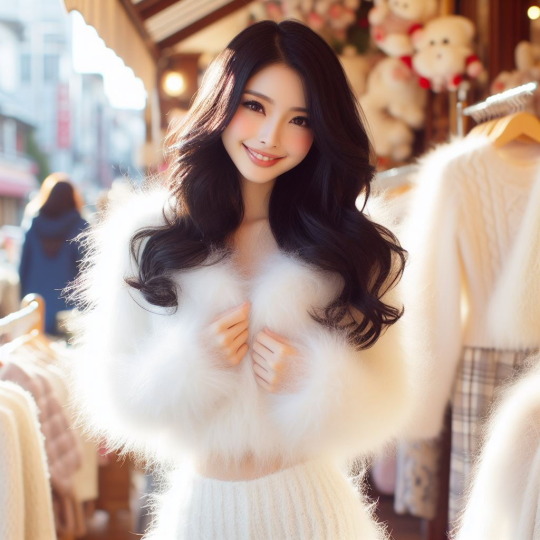


Do you think I look fluffy?
#fluffy#fluff#angora#fuzzy sweater#mohair#sweater#mohair sweater#angora sweater#fluffy sweater#japanese women#beautiful asian girl
89 notes
·
View notes
Text

Young veiled japanese woman
Japan 1880
102 notes
·
View notes
Photo

In the arms of winter (2021)
#japanese#marysmirages#painting#japanese women#winter#pine trees#scenery#art#japan#japanart#japan aesthetic#winterladscape
825 notes
·
View notes
Text
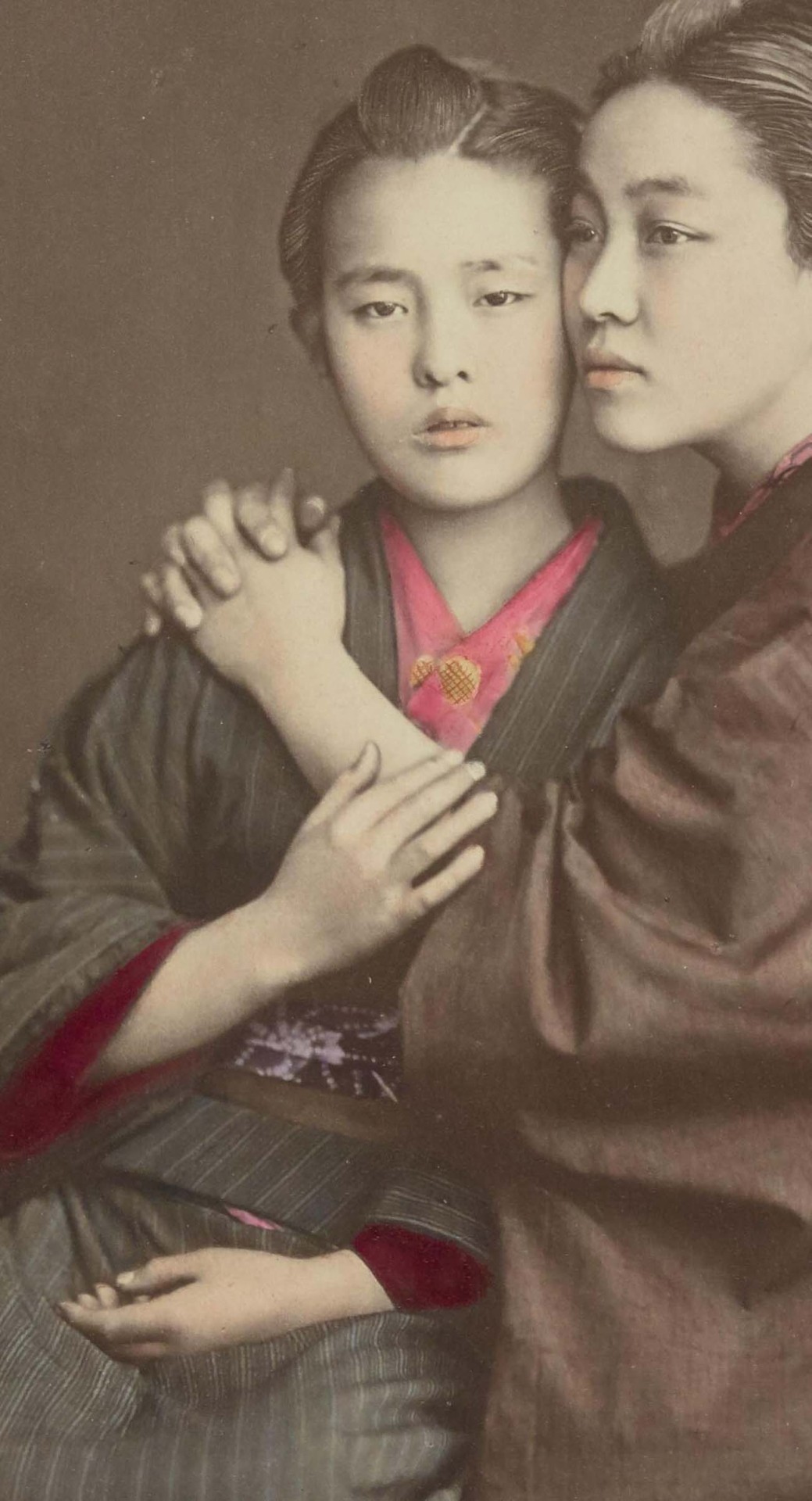

Raimund von Stillfried :: [Jeunes filles] [Young girls] [Japonais, album 2 of 5] [nº 689] (taken 1875), published 1877-1878 (tirage sur papier albuminé coloriés à la main) | src BnF ~ Gallica
view more on wordPress
#Raimund von Stillfried#portrait#albumen print#hand colored#hand coloured#hand tinted#Porträt#retrato#ritratto#1870s#portret#retrat#Bildnis#japanese women#traditional clothing#japanese costume
316 notes
·
View notes
Text

29 notes
·
View notes
Text
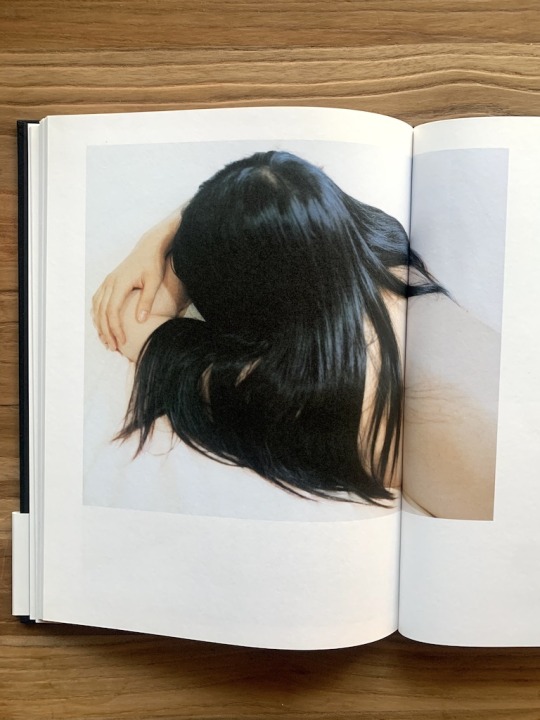
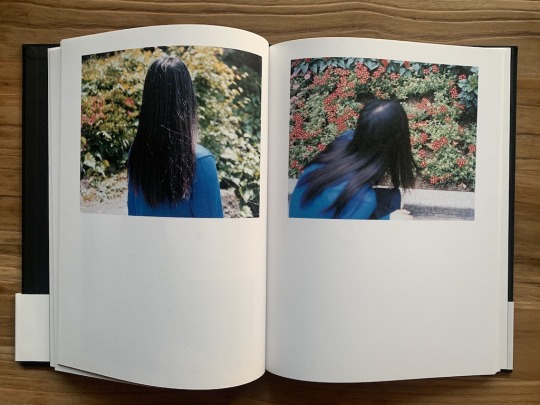

Naoki Ishikawa Hair
石川直樹 『髪』
The title of Ishikawa's 2014 book a single kanji: "kami".
「髪」 denotes "hair"- but is also a homonym with kami 「神」. This kami in the Shinto religion refers to its deities, encompassing all holy, natural divine phenomena.
It’s entirely possible to view Ishikawa’s lauded photographic explorations of our natural world and its human cultures as glimpse of the divine. Here though, rather than transcendental vistas of faraway ranges or the secrets of remote island festivals, this book closely focuses on a single young woman with long, rich black hair that has a spirit of its own.
Full article on Photo And Culture Tokyo here.
#石川直樹#髪#神#Naoki Ishikawa#Photobook Jousting#Japanese Photobook#japanese photography#japanese women#japanese beauty#黒髪#黒髪ロング#Makina 67
23 notes
·
View notes
Text
the international virgin-whore complex


In this manner, ūman ribu made connections between the status of Japanese wives and Japanese imperialism by recalling the sexual violation of the comfort women.
From "Scream from the shadows: the women's liberation movement in Japan."
#feminism#intersectional feminism#radical feminism#socialist feminism#anti imperialism#japanese women#mypost#bookcitation
74 notes
·
View notes
Text
💖 Support your #idols:
👍 like
💬 comment
➕ follow
#koreangirl #koreangirls #koreangirlstyle #koreangirlgroup #koreangirlfriend #kpopgirl #kpopgirls #koreanidols #kpopgirlfriend #kpopgirlfriendmaterial #asiangirl #asiangirls #asiangirlfriend #asiangirlfriends #koreanbj #asiancutegirl #asiancutegirls #asiancutie #asiancute #asiancuties #asiancutiesandbeauties #asianbeauties #asianbeauty #asianbeautifulgirls #chinesegirls #chinesegirlfriend #chinesegirlfriends #koreanbj
#kpop#cute#sexy#show#naughty#asian#korea#korean#beauty#hot#asian girl#asian gif#crazy asian#funny asian#funny asian gif#asian nude#asianwomen#japanese women#chinese#sexy costumes#dance cover#kpop idols#sexy belly#gorgeous#beautiful#sexy chick#sexy breast#sexy pose#legs#asiatique
69 notes
·
View notes
Text
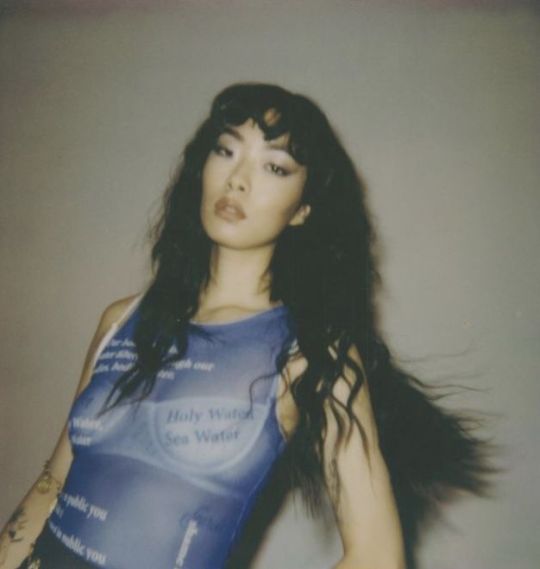
#rina sawayama#rinasawayamaedit#aesthetic#flawlessbeautyqueens#flawlesscelebs#pretty#prettytm#hashtag girlboss#gaslight gatekeep girlboss#just girlboss things#we love a girlboss#stunning#women musicians#british women#japanese women#pretty woman#woman of color#dailywoc#dailymusicqueens#dailymusicians#dailywomanedit#dailywomen#woc artist#woc beauty#queer woc#wocedit
59 notes
·
View notes
